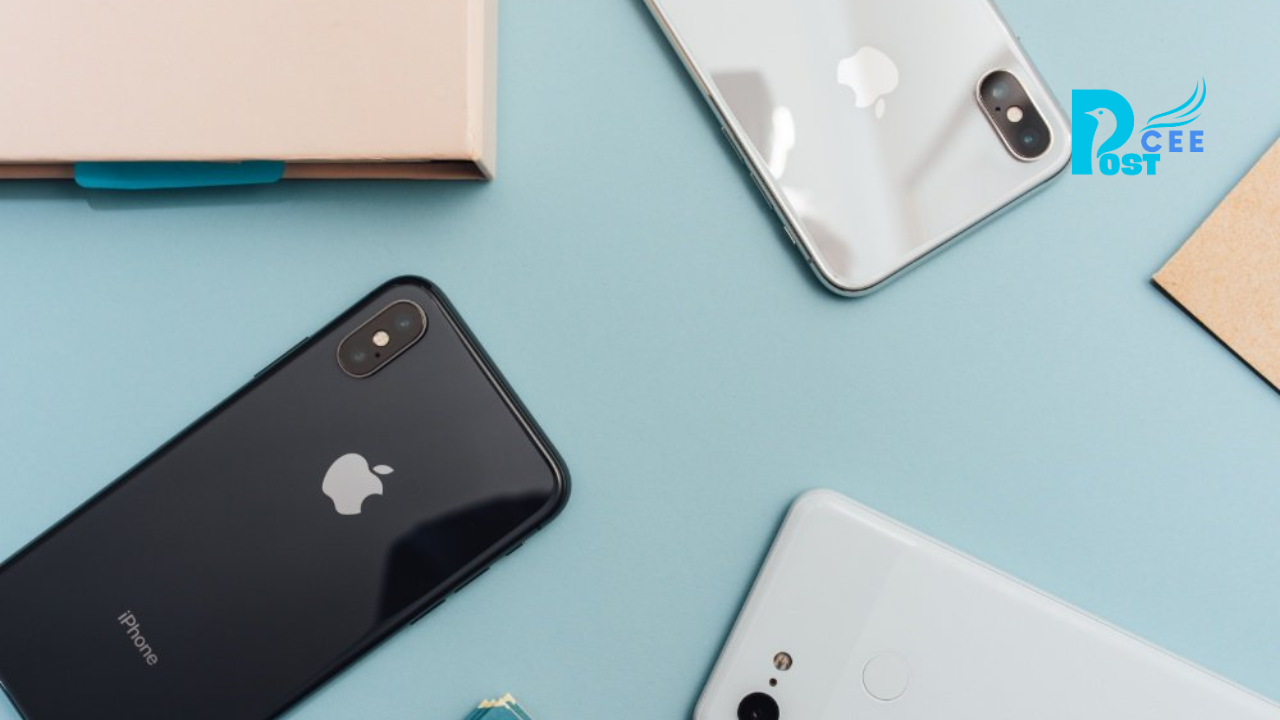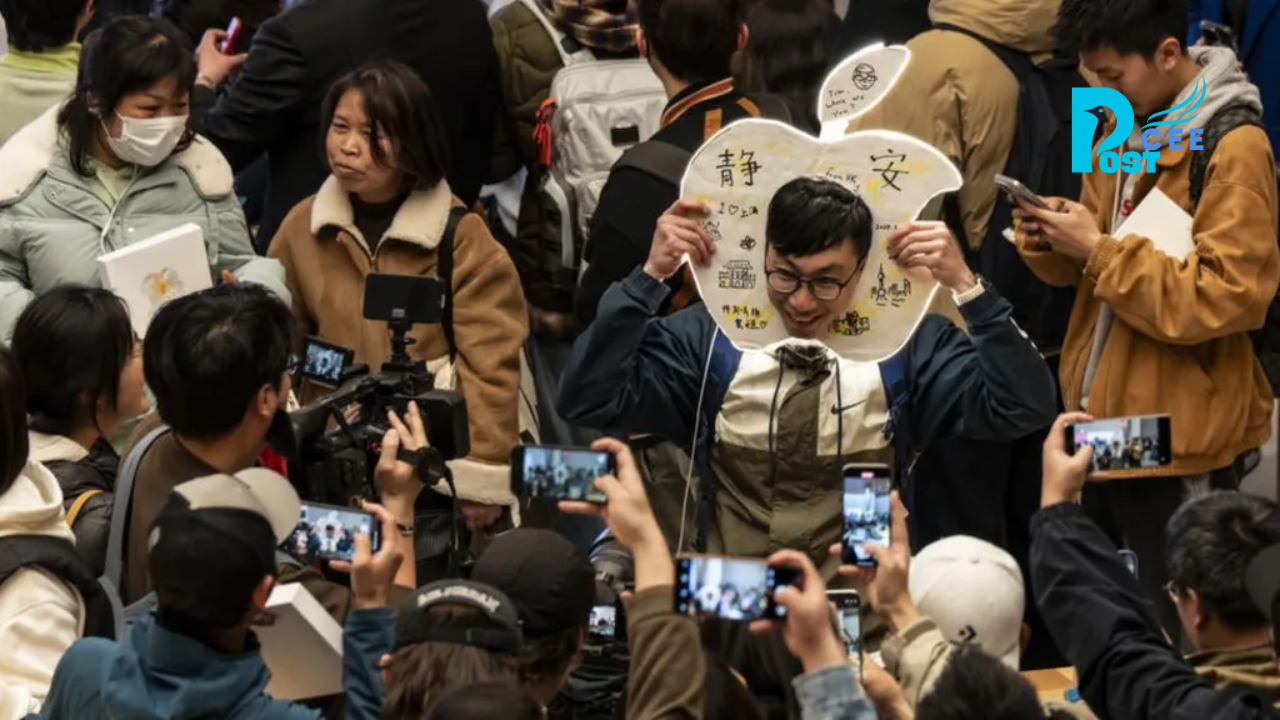As the world’s largest smartphone market, China is uniquely positioned to pioneer a circular economy for mobile phones. This involves reconsidering the entire life cycle of these devices, from design, production, and consumption to waste management and beyond. Here, we propose a roadmap for China to build a circular economy for mobile phones, considering important stakeholders, environmental implications, and ongoing challenges.
The Need for a Circular Economy
As of 2022, China housed nearly 925 million smartphone users Statista, 2022. This vast consumer base generates significant mobile waste, contributing to environmental pollution and the depletion of rare earth metals.
Transitioning to a circular economy could mitigate these issues, turning mobile waste into a resource, reducing extraction of virgin materials, and curtailing environmental harm. Moving towards a circular economy could reduce waste from electronics globally by 70% by 2040 Circle Economy, 2023.
Design and Manufacturing
To kick start the circular transition, producers need to design phones for longevity, upgradeability, and recyclability. Chinese tech giants like Huawei and Xiaomi could lead this movement by incorporating modular designs and prioritizing recyclable and renewable materials.
Manufacturers also need to foster responsible sourcing of raw materials. In 2023, the supply chain of most tech companies still remained opaque. Only a few companies, such as Fairphone, have tracked and publicly shared their sourcing for minerals Fairphone, 2023.
Consumer Education and Legislation
Educating consumers about the value of holding onto their phones longer and upgrading less frequently can have a tremendous impact. Furthermore, offering incentives for trading in old phones can promote recycling and help recover valuable materials.
Moreover, legislation plays a crucial role in the circular transition. As observed in the European Union, strong e-waste directives can set recycling targets and enforce producer responsibility EU Legislation, 2023.
Collection and Recycling
China needs to improve its collection and recycling infrastructure. By 2023, less than 20% of e-waste in China got recycled UNCTAD, 2023. Expanding facilities, implementing more accessible collection points, and providing incentives can help drive recycling.
Developing technology for recovering rare earth metals from discarded phones can make recycling more lucrative and reduce dependency on importing these scarce resources.
Industry and Government Collaboration
To achieve a circular economy, collaboration between industries and government is pivotal. This synergy can create an enabling environment via financial incentives, tax breaks, and policy directives that encourage circular practices. Strategic partnerships could also stimulate innovation in redesign, repair, refurbishment, and recycling of mobile phones.
Perspectives on the Circular Economy
A circular economy has potential benefits but also poses several challenges. Manufacturers may worry about reduced sales if devices last longer or are easily repairable. However, companies could find new revenue streams in repair services, resale markets, and recycling.
Consumers might be resistant to keeping phones for longer periods due to the allure of owning the latest model. Here, consumer education and incentives for trade-ins could nudge behaviors towards more sustainable choices.
By embracing the circular model for mobile phones, China can demonstrate environmental leadership, encourage economic innovation, and preserve valuable resources. This transition won’t be easy, but with coordinated effort from manufacturers, consumers, and the government, a scalable circular economy in the world’s largest mobile market can be a reality.















